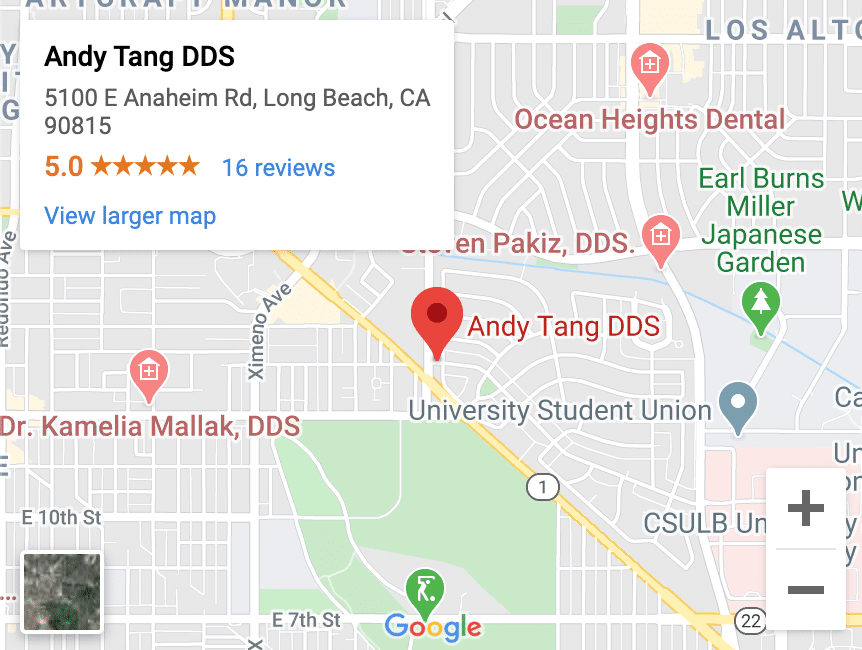Cancer you develop inside your mouth is known as oral cancer, sometimes referred to as oral cavity cancer. Oral cancer is one of the few types of cancers classified in the category of neck and head cancers. Oral and other neck and head cancers are often treated in the same manner.
What Is an Oral Cancer Screening?
An oral cancer screening is a physical and visual exam of your connected tissues and oral cavity. It can reassure you there are no obvious issues or if there are, trigger early treatment. A dentist or doctor may recommend a screening in response to your lifestyle choices or you can request it as a precautionary measure.
Cancer screenings should take place before you show symptoms, according to the National Cancer Institute.
Like other cancers doctors screen for, oropharyngeal and oral cancers should be screened for yearly beginning around the age of 18. If you use tobacco products, you should start getting screened at the age you started using tobacco.
Symptoms of Oral Cancer
Symptoms and signs of oral cancer might include:
- Loose teeth
- A mouth or lip sore that won’t heal
- Mouth pain
- A reddish or white patch on the inside of your mouth
- Ear pain
- Painful or difficult swallowing
- A lump or growth inside your mouth
Why You Need an Oral Cancer Screening
The goal of a screening for oral cancer is to detect oral cancer or precancerous lesions that could result in oral cancer at an early stage (when lesions or cancer are simplest to remove and have a higher chance of being cured).
Individuals with a high risk of mouth cancer could likely benefit more from a screening, although research hasn’t clearly proved that. Certain factors could increase your risk. Risk factors of oral cancer are:
- Heavy alcohol use
- Tobacco use, including cigarettes, pipes, snuff, cigars, vaping, chew tobacco and others
- History of substantial sun exposure, which can increase your risk of lip cancer
- Previous oral cancer diagnosis
Ask your dentist if a screening is appropriate for you. Discuss the risk factors and ways you can decrease your risk, like not drinking alcohol or quitting smoking.
What to Expect During Your Oral Cancer Screening Exam
Oral cancer screenings consist of:
1. Visual Exam
Your neck, face, inside of your nose, lips and oral cavity are all primary parts of oral cancer screening. Before you’re screened you must take out any dental appliance (including dentures) to expose every area.
Your dentist will look for things like:
- Swellings
- Asymmetries
- Patches of color
- Bumps
- Ulcerations
- Other abnormalities
To examine the inside of your mouth and nose, the dentist will use a mirror and light to see more clearly and they’ll hold your tongue down with a tongue depressor to see the back of your mouth. You might be asked to say “Ahh” so the dentist can see areas of your throat that are more difficult to see. The dentist will use other tools to examine your:
- Inner cheeks
- Roof of your mouth
- Gums
- Tonsils
- Underneath your tongue
- Throat
2. Physical Exam
During or after your visual examination, the dentist will touch your cheeks and head, under your chin, around your jaw and in your oral cavity to feel for unusual masses or nodules. Another sign of a possible issue is immobility in usually mobile tissue, and the dentist might ask you if physical contact of that area causes any discomfort. While oral cancer symptoms can cause pain, a painless swelling could still be a sign of issues elsewhere. The dentist might have you swallow while they examine your throat.
Oral Cancer Screening Results
If the dentist identifies any signs of oral cancer or precancerous lesions, they might recommend:
- A biopsy to remove a sample of cells for lab testing to identify whether there are cancer cells present. Your dentist might perform the biopsy or they might refer you to a specialist in oral cancer diagnosis and treatment. If something suspicious is found, your dentist may recommend a biopsy to confirm an oral cancer diagnosis.
- A follow-up visit several weeks later to see if there are still abnormalities and check to see if it’s changed or grown over time.
Keep in mind, not all lumps and spots your dentist finds will be cancer. However, if they do, catching them early means you could have more options for treatment. Therefore, it’s important you keep your regular appointments so the dentist can watch for signs of an issue.


